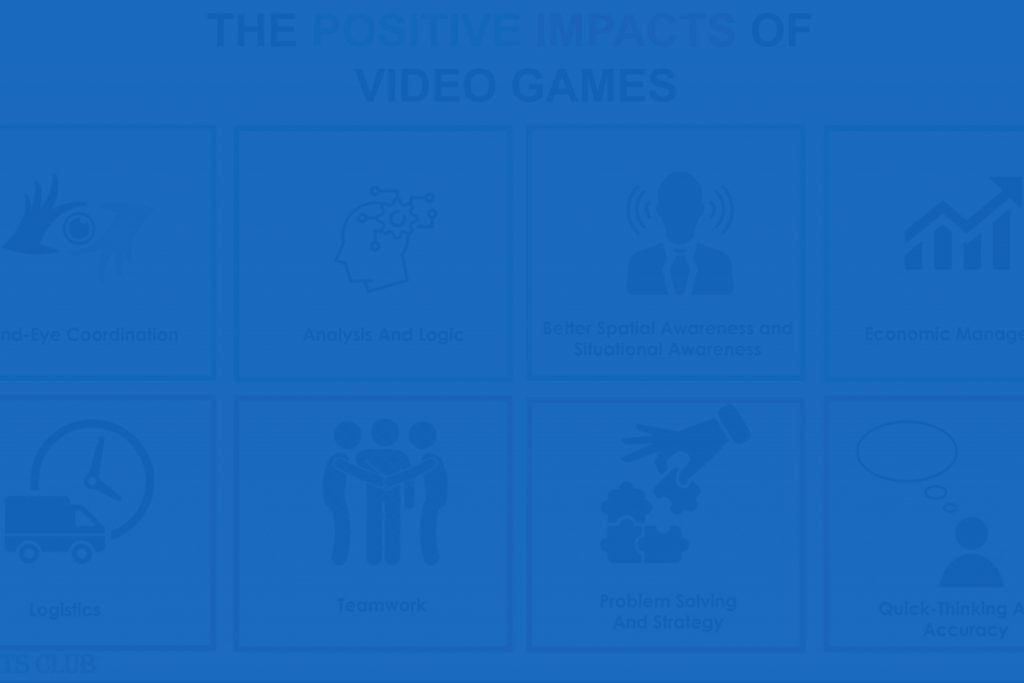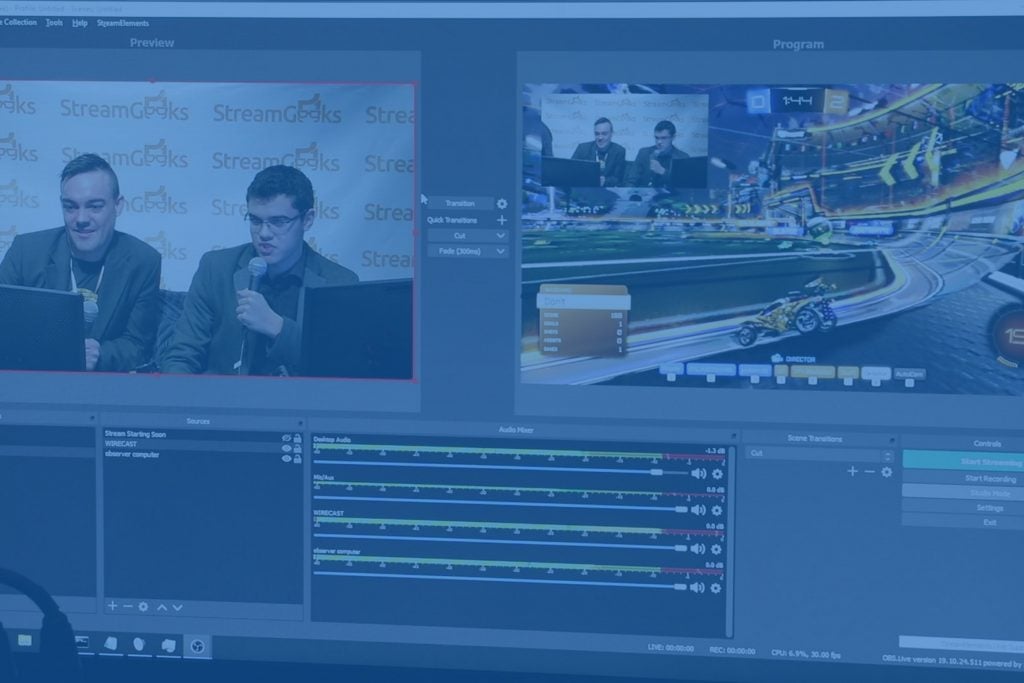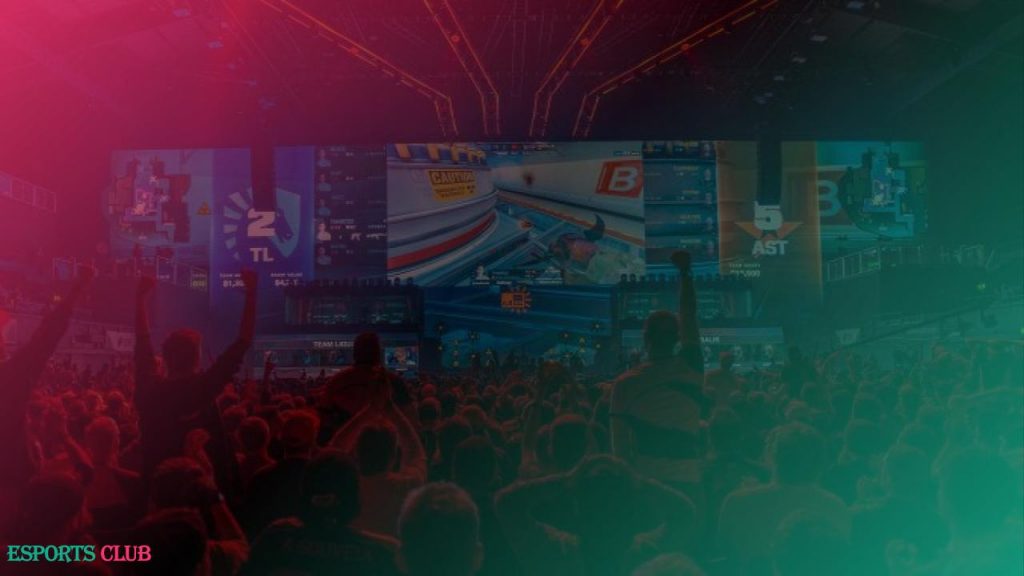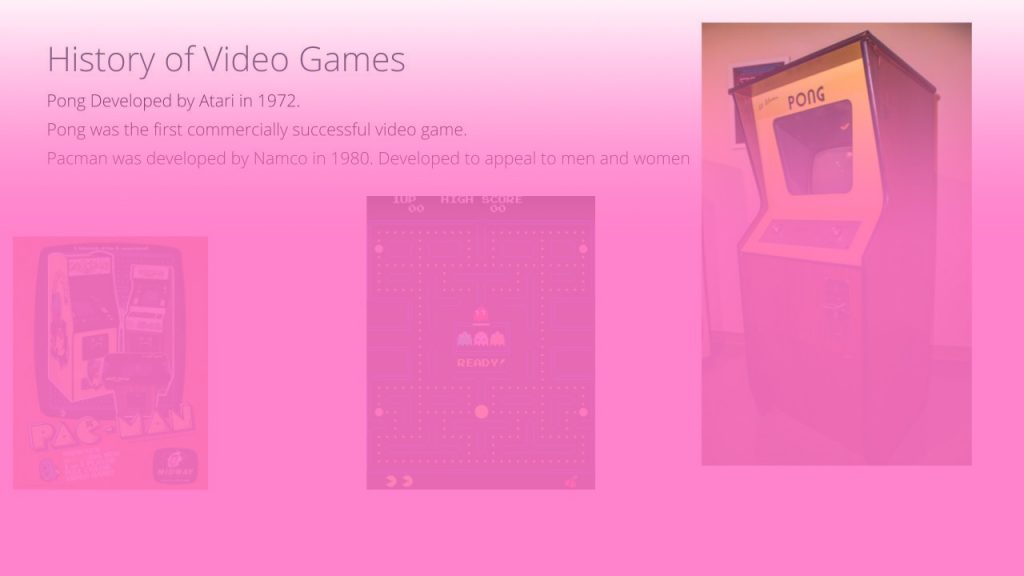The Study of Video Games
Written by Paul Richards on January 15, 2020
Over the years, the use of video games in school systems have been adopted and documented in modern education. Research is now readily available for educators to explore the advantages that video games can bring into the classroom. While research on the positive effects of learning with video games in education is well-known, it is important to review just how quickly academic thinking has evolved over the past two decades. Today, the question on many educators’ minds is not video games value for education, but it’s validity as a varsity-level sport. Many wonder how video gaming culture is affecting students in school today. How will thinking change as esports become integrated into the education system?
The first-ever academic and peer-reviewed journal dedicated to computer game studies was first published in 2001, by Espen Aarseth. At the time, Aarseth was the Associate Professor in Humanistic Informatics at the University of Bergen. The journal she creatively named “Computer Game Studies” is still active today and available at gamestudies.org. In issue 1 of volume 1, Aarseth proclaims that video games are, “of greater cultural importance than, say, movies, or perhaps even sports.” In 2001, online video gaming was just starting to become a reality and competitive esports were known only to small groups of informed gamers.
While the online gaming world was just beginning to develop, video gaming culture was quickly spreading beyond the niche communities of the 1980s and 90s. Early online video games such as “Ultima Online” and “Quake Arena” were just starting to give developers a glimpse at the online worlds they would be able to create in the future. Aarseth explains online gaming as “the greatest innovation in audience structure since the invention of the choir, thousands of years ago.” At a time when few academic papers had been published on video games, Aarseth writes, “we have a billion-dollar industry with almost no basic research.” Aarseth’s first issue in Computer Game Studies calls for “scholars and academics to take computer games seriously, as a cultural field whose value of hard to overestimate.”
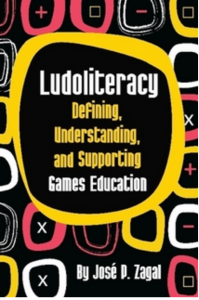
Ludoliteracy
Almost ten years later, in 2010, José P. Zagal published a book called Ludoliteracy. Ludioliteracy is a book written to help define, understand and support “Game Education.” Zagal’s book is a must-read for any educator interested in helping students learn what it truly means to understand and study video games. James Paul Gee, who is an expert on the subject and a Professor of Literacy Studies at Arizona State, calls the book, “the first truly modern book in Game Studies, fully aware that Game Studies is a central 21st Century liberal art.” In this book, Zagal explains that there are essentially three types of video game research happening today. These areas of video game research include social studies (studying the effects of games on people), humanities (studying the meaning and context of games) and industry/engineering (creating new technologies used in games, design, and development). Ludoliteracy helped define essential questions about how students can understand and analyze video games in a meaningful way. Zagal’s research suggests that online blogging can be an exercise used to help gamers reflect on their experiences.
One interesting study concluded, “Students found that by reflecting on their experiences playing games, they began to understand how the design elements helped shape that experience. Most importantly, they stepped back from their traditional role as ‘gamers’ or ‘fans’ and engaged in reasoning critically and analytically about the games they were studying.” Zagal suggested that students use a website called GameLog, which was developed to help students, “leverage their game playing experiences in order to establish links between their experiences and the abstract concepts, language and vocabulary of game studies in general.” A core theme that will be discussed in this book is strategies to help create common ground for students, parents, and educators on the subject of video game experiences (Zagal, 2010).
This type of reflection and understanding of game theory will be crucial for students to master esports and develop real world skills from playing video games. Zagal was arguably far ahead of his time with his book, as he outlines concepts to help students and teachers contribute to the academic study of video games. In a world that can look like a moving target for educators, Zagal is able to encourage tried and true methods for furthering our understanding of video game technology. Later on in this book, we will discuss, strategies to help students get the most educational value out of the video games they are playing.
Zagal’s work was influenced by a book called What Video Games Have to Teach Us About Learning and Literacy, published seven years prior in 2003 by James Paul Gee. In this book, Gee helps readers understand what it means to be video game literate. The thesis here is that literacy has expanded beyond just “reading a book” and a new understanding of how to “read” a video game is now needed for the study of video games. A basic understanding goes something like this. To be literate in video games, one must have the ability to play video games. One must also have the ability to understand the meanings with respect to the game. Finally, one must have the ability to make a game. From an educational perspective, it’s important to keep these foundational concepts in mind at a high level when discussing esports strategy and video game culture.
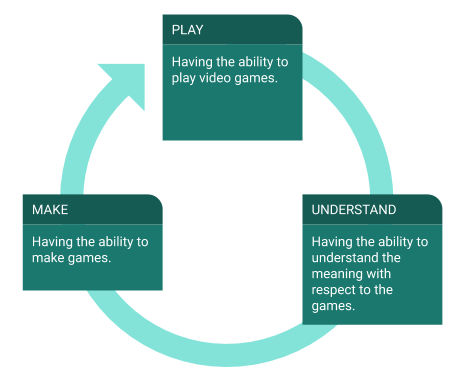
PLAYING GAMES AND LEARNING
Perhaps the most important thing for esports today is having the ability to understand meanings with respect to the game students are playing. As games in esports continue to evolve and change, core understandings of the foundational game types from which these games have been built upon is crucial to the educational process. A simple understanding of the history of games should not be lost on players who may only focus on winning the latest game. Huge prizes and scholarships can easily blind players from an important educational perspective which involves the understanding of the current place video games are in history.
Today in 2020, nearly all levels of the K-12 and higher education schooling systems have integrated video games into curriculums in some way. Many of these video games have been designed to make the student learning experience more fun and engaging. A neuroscientist from Bristol University by the name of Mr. Howard-Jones is a major supporter of video games in education, and he has the science to back him up. Howard says “computer games are very, very engaging. And just as nuclear fission can be used to make bombs or generate electricity, games also have a light side and a dark side.” Howard’s science refers to the studied effects of video gaming on the brain’s reward system which produces dopamine, a chemical that can enhance connections made between neurons. This process Howard describes as “the basis for all learning.”
Studies show that the introduction of chance in the learning process has the power to increase dopamine production triggered by the human reward system. Howard’s studies have proven that students will actually learn more when they are offered the chance of a reward versus a guaranteed reward (Guttenplan, 2012). Howard’s analogy about the light side and dark side is something educators may already understand too well. A core philosophy supporting the adoption of esports in education systems is to help promote the positive side of video games, while at the same time preparing students for the negative aspects that occur without proper teacher and parental guidance.

MIT Educational Arcade
In 2009, MIT published one of the top academic papers on the subject of “Educational Games and Learning Through Play” in a paper aptly named The Educational Arcade. This 55-page paper is considered one of the best resources for educators who want to learn more about video games’ educational use cases in the classroom. The paper’s authors Eric Klopfer, Scot Osterweil, and Katie Salen help define important aspects that are key to understanding how video games can be used in education. While this paper was published over 10 years ago, the foundation they laid for the adoption of “learning games” in the educational system has been influential across the globe. The paper outlines the many barriers that have slowed progress with the adoption of learning games in education over the years. Some of these barriers have included Curriculum Requirements, Logistics, Support for Teachers, Assessment, Evidence, and Social/Cultural Structures (MIT, 2019).
Today, it seems that many of the barriers MIT’s Educational Arcade described have been overcome with the power of time and progress. From 2018 to 2019, the High School Esports League, or HSEL, has reported the number of schools with esports programs has grown from 200 to more than 1,200. With that kind of growth, it won’t take long for every school in the country to have an esports program. As schools create frameworks to position video games as educational tools, school systems can set the stage for varsity esports programs. This paradigm shift will allow esports programs to be supported just like traditional sports such as baseball, football, hockey, tennis, and soccer.
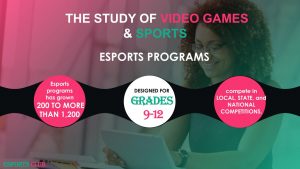
Esports in Education and Programs
The North American Scholastic Esports Federation, or NASEF, now offers high school level STEM curriculums that integrate esports into English classes. The curriculum seeks out, “explicit connections with esports” and builds them into an English curriculum that today’s technology-savvy students enjoy engaging with. This integrated set of courses has been designed for Grades 9-12 and can be used to replace traditional high school English. The courses comply with content standards from the Next Generation Science Standards, English-Langauge Arts, International Society of Technology in Education, and Social-Emotional Learning (NASEF, 2019). As STEM schools push for innovation in esports, public and private schools will soon follow.
Esports is now recognized globally as a sport that can help players develop life-long skills that come from competitive team activities. While not all school districts have yet sanctioned gaming as an official sport (as of early 2020), organizations like the High School Esports League (HSEL), the High School Starleague (HSL), and the Youth Esports of America (YEA) continue to lobby with school districts to bring esports up to the current standards of sports in school athletics. Educational systems at the high school level are actively adding esports programs as school clubs, with the help of faculty member sponsors. Just like established robotics clubs, esports clubs can form teams to compete in local, state, and national competitions.
Students’ passion to play competitively requires the same teamwork and dedication at the heart and soul of all sports. But esports clubs do not receive the same funding or status as varsity level sports. Clubs lack the dedicated coaches and resources needed to build teams that can compete on a national level. This is why esports clubs will eventually become school-sponsored athletic teams in the near future. Starting an esports club is a great start for any group of students who want to forge a path toward a varsity-level program.
One reason esports has taken so long to become recognized as a school sport has to do with the study of sports itself. Sports science is a discipline that many professionals in athletics study to become sports coaches, therapists, administrators, and trainers. Sports science courses are only now becoming more aware of how important the study of esports has and will become in society. Adults from all walks of life are starting to realize that competitive video gaming is a spectator sport just like college football. When educators have an open mind about the feeling spectators have watching competitive video gaming, they can realize how similar the core emotions are to the sports that have been so popular throughout history.
In 2017, three Temple University professors from Philadelphia wrote an academic paper called, “Esports Management: Embracing Esports education and research opportunities.” The paper attempts to prove that esports should be considered a “real sport” and notes that, “despite growth and acceptance by consumers and practitioners, academics [still] debate esports position within the domain of sports management.” The authors of this paper highlight five points that have pushed forward thinking on the subject.
- Esport’s organized video game competitions, is increasingly recognized as a sport.
- Esport’s structure, organization, and institutionalization qualify the activity as a sport.
- Esports represent a novel area for sport management research, education, and practice.
- Expertise from sport management can inform emerging dilemmas facing esports.
- Organized esports events and competitions should remain within sport management (Funk, 2017).
As Gehrig Rosen of the Palomar College’s Independent Newspaper puts it, “Anything that has a strong competitive format, requires a specific set of skills, great hand-eye coordination, and training, is a sport” (Gehrig, 2017). Change takes time, especially when it comes to the education system. In this book, you will be encouraged to explore the history and culture of esports to gather a better understanding of the landscape. While the future of competitive video gaming looks bright, there are many legitimate reasons for concern from an educational perspective. Howard-Jones from Bristol University put it best when he said that video games have both a light and dark side. The best way to address concerns about esports and video games is to help shepherd students toward the light side. And yes, a Star Wars reference will be well received in most gaming circles
More Esports in Education Articles
- Download Esports in Education for free
- Introduction to Esports in Education
- History of video games & esports
- The study of video games
- What are the top esports tournaments?
- College Level Esports Programs
- Apply for the StreamGeeks Esports Scholarship
- How to start an esports club at your school
- How to live stream esports tournaments
- Getting the most educational value out of video games

